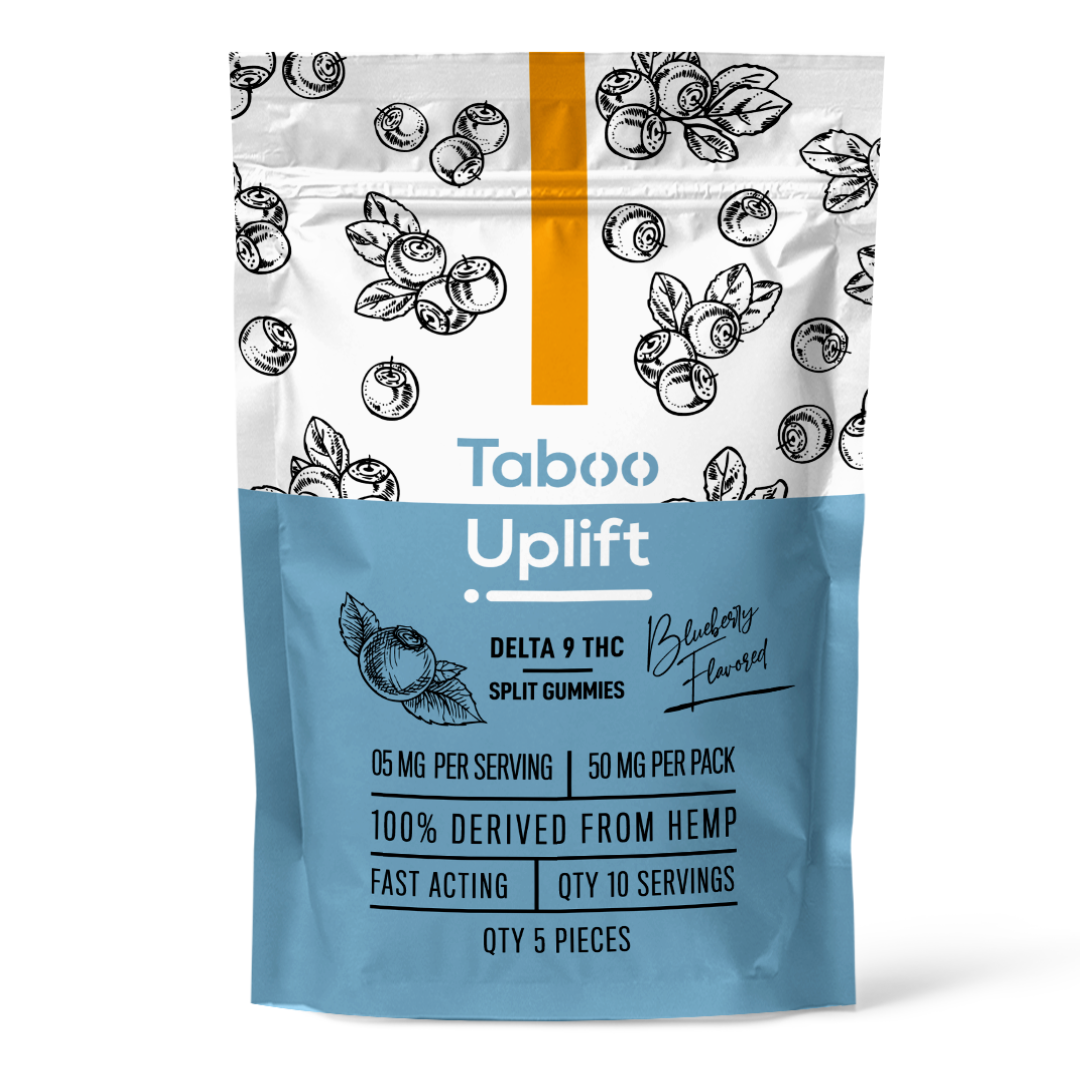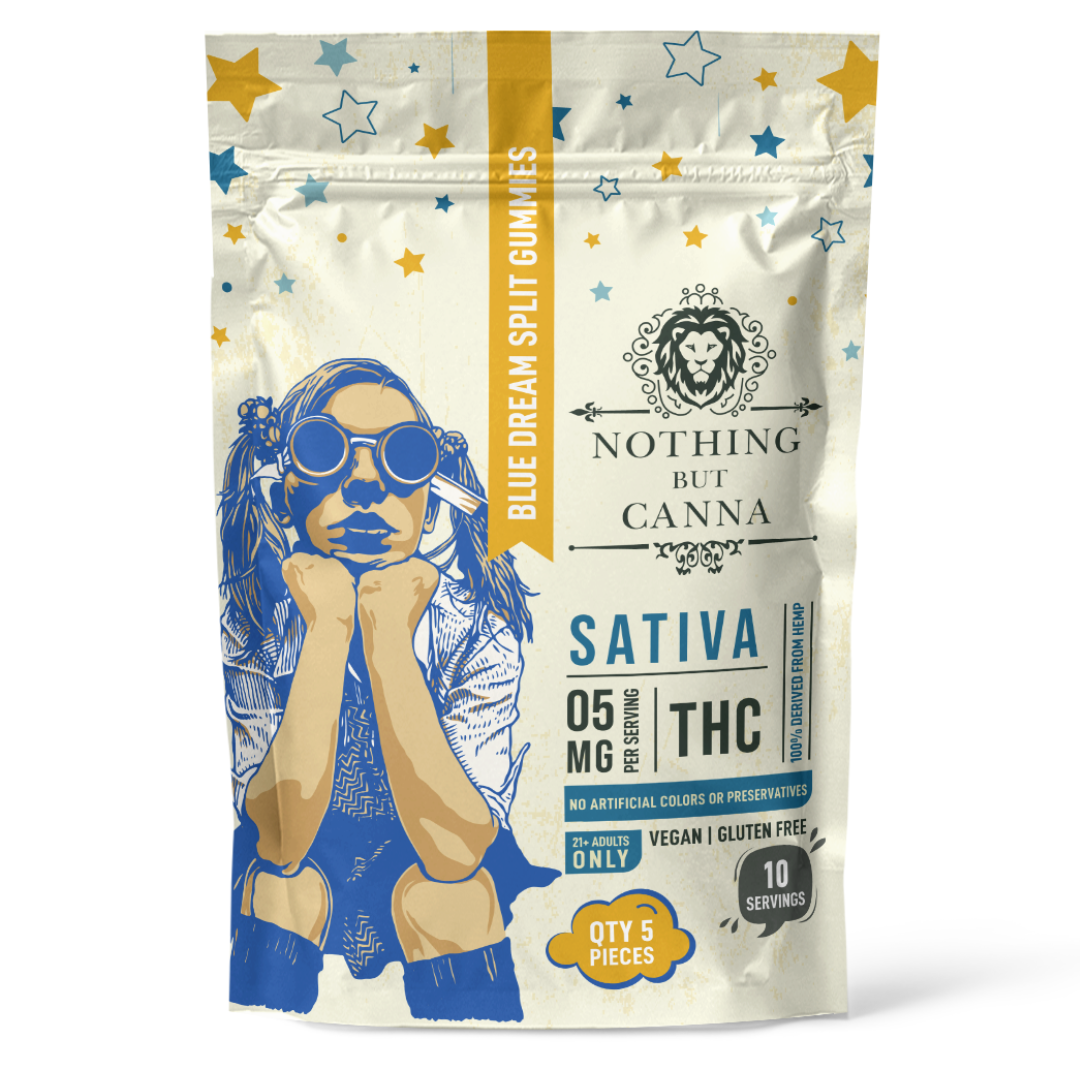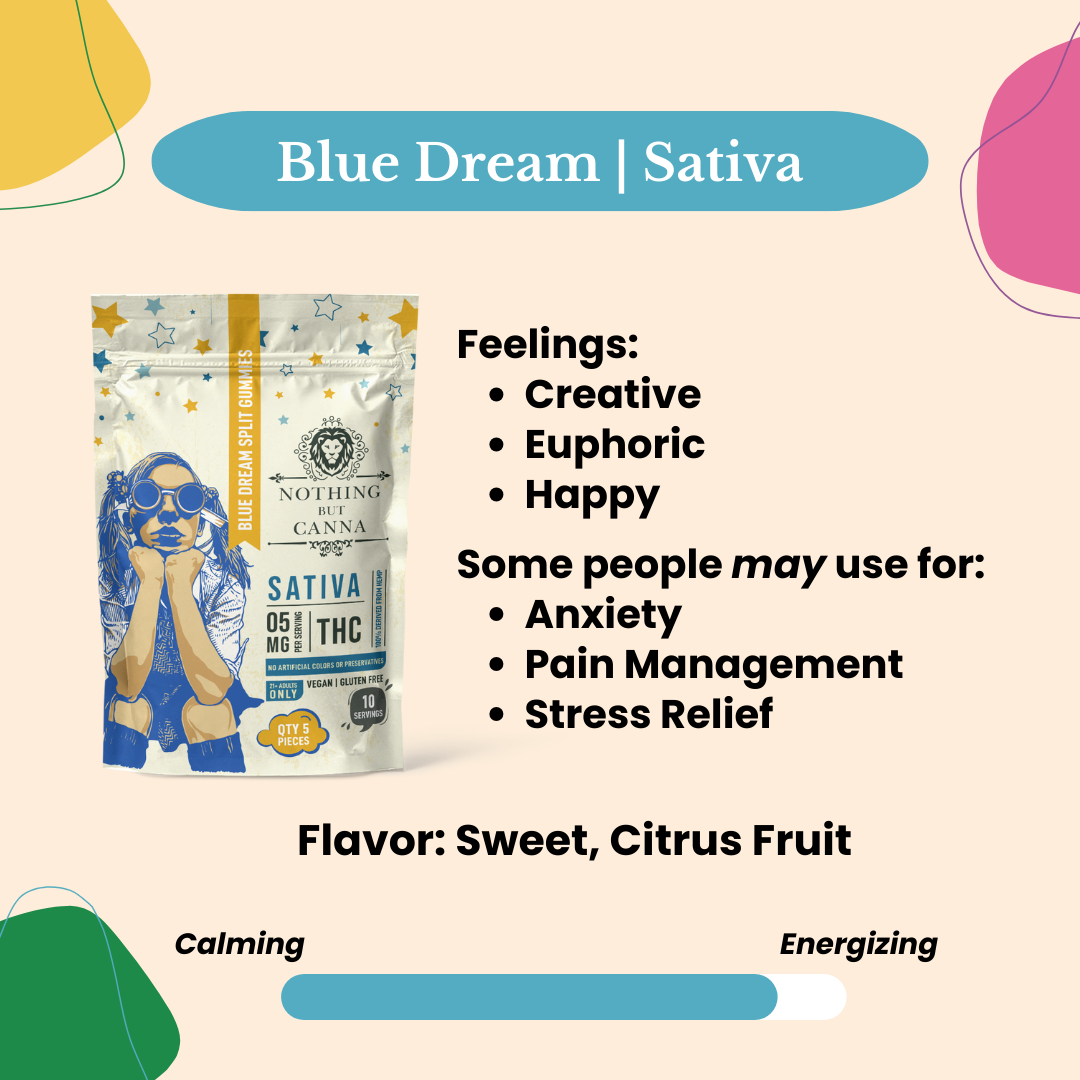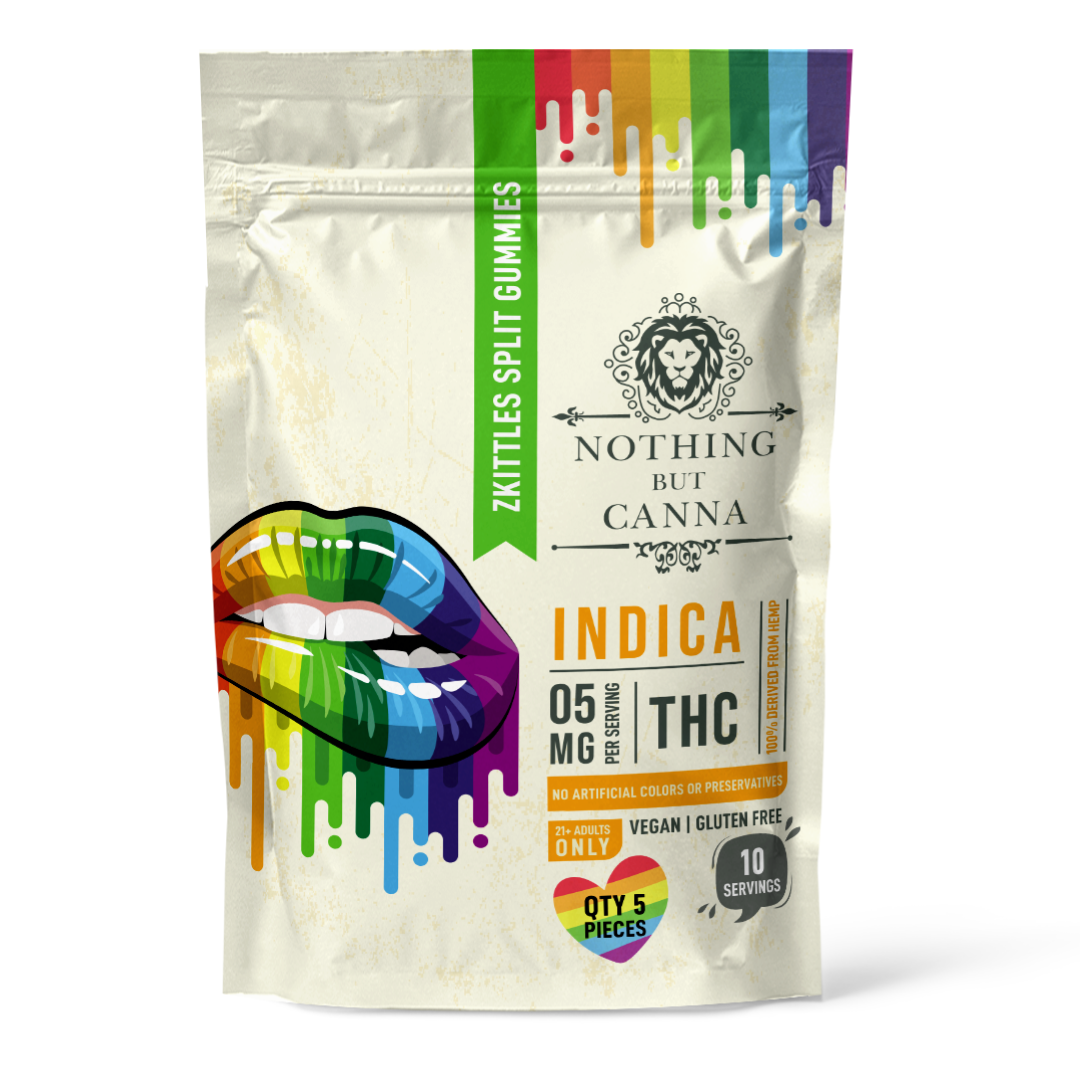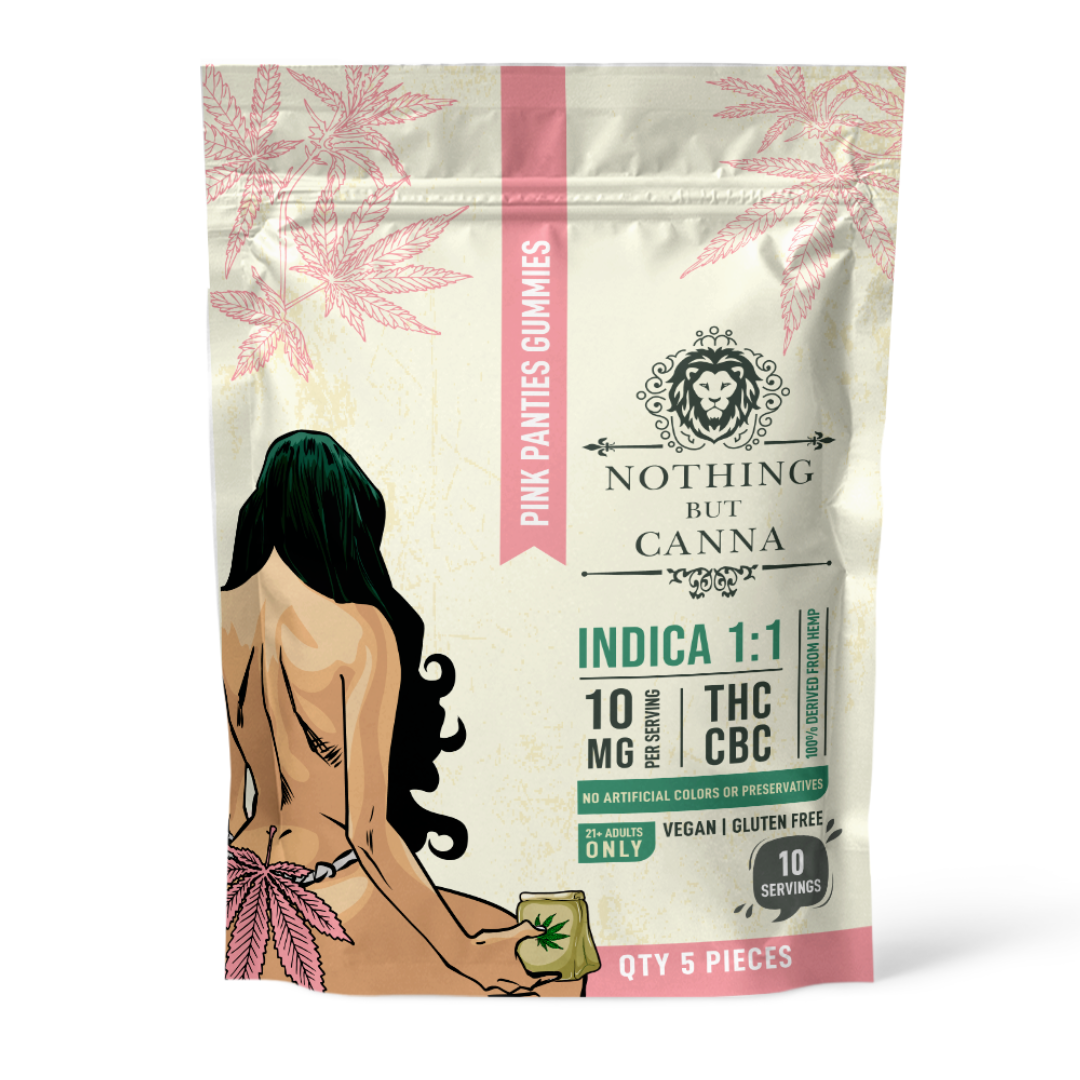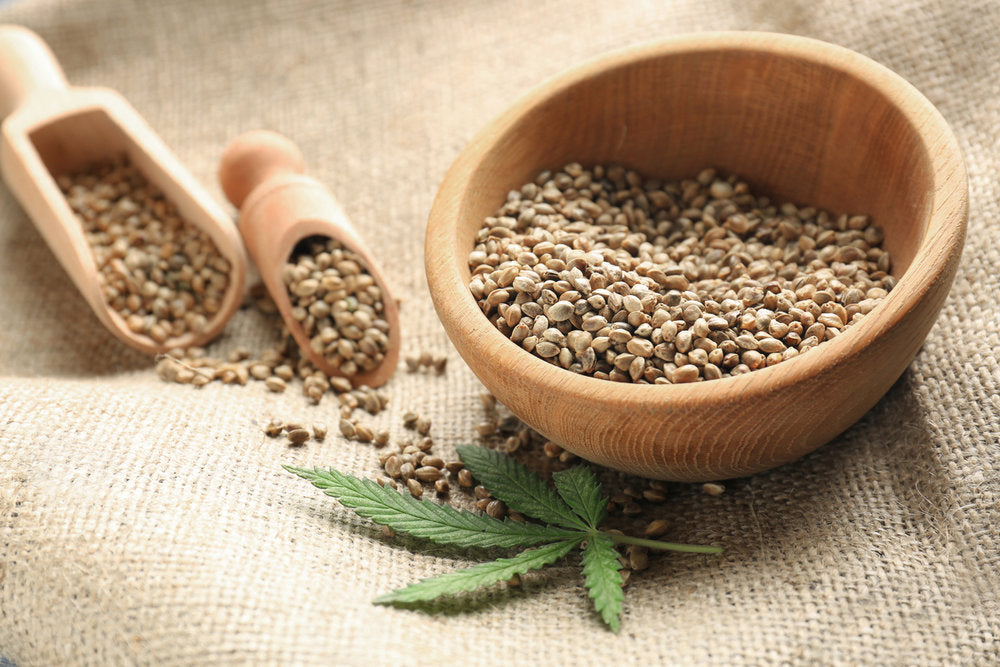
So you bought a hemp-based formula for pain relief, or maybe your still in the pre-purchase research phase, and you noticed it had both CBD and CBG in it. Now you’re wondering why — and maybe wondering what is CBG.
First, a proper introduction. Meet cannabigerol. If you assumed that it’s a cannabinoid, you assumed correctly. But put your nerd glasses on and get ready to be impressed: Cannabigerolic adic (CBGA) is the chemical parent of many cannabinoids. CBGA is produced by the immature cannabis plant, then broken down through natural processes into CBG, CBD, THC, and CBC (cannabichromene). Some call CBG “The Mother of all Cannabinoids.” Now you know why.
Like CBD, CBG won’t bring you to an altered state of consciousness. And the two appear to work in a similar way in the body, binding to cannabinoid receptors — CB1 receptors in the brain and nervous system, and CB2 receptors in the gastrointestinal system and elsewhere in the body.
Here’s why CBG is paired with CBD in pain-relieving formulas.
More Molecular Bliss
CBG is believed to slow the body’s breakdown of anandamide, the “bliss molecule.” Anandamide is one of the body’s own cannabinoids, named after the Sanskrit ananda, “internal bliss.” Slowing its natural re-uptake by the body indirectly enhances pleasure, regulating appetite and sleep, and relieving pain.
In lab studies, CBG appears to do this more efficiently than CBD. Scientists and doctors have called for more research to verify those effects in humans.
More GABA, More Calm
Research also suggests that Cannabigerol (CBG) can also help slow the uptake of GABA, an inhibitory neurotransmitter that can help calm the nervous system. Again, it appears to do this more effectively than THC or CBD, making it promising for use as a muscle relaxant.
May Reduce Inflammation and Pain, While Promoting Homeostasis
Possible medical applications of CBG include anti-inflammatory and anticancer actions. CBG also has potent pain relieving mechanisms. Again, more research is needed to confirm these potential benefits.
Scientists would also like to see more research into CBG’s pharmacological actions. These include its modulating influence on:
• Adrenals and the body’s stress response
• Serotonin levels
• The endocannabinoid system
• Enzymes with potential for use in disease treatment, including mood
There’s a theme to all this modulation. Our body is a responsive system that seeks balance, or homeostasis. The endocannabinoid system appears to play a part in that balancing, and CBG is especially influential on this system.
Not a Permanent Fix, But May Be Part of the Solution
Cannabinoids appear to provide a shortcut to the body’s physiological mechanisms, affecting everything from sleep to appetite to pain management. One thing they do not seem to do is resolve the source of the problem in the body. If you have a back injury, for instance, CBG may be a plant-based alternative to prescription or even over-the-counter drugs. But it remains a form of symptom suppression. (Same goes for CBD or a combination of the two.) However, if a break from pain allows someone to sleep better or engage in rehabilitating activities, it can certainly be part of a healthful solution.


























